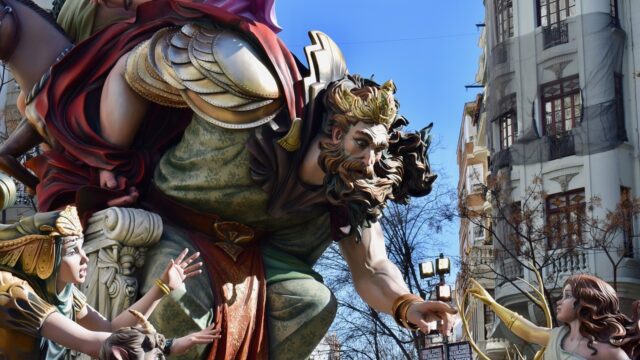The Las Fallas festivities in the city of Denia are one of the most eagerly awaited and celebrated events in the region. Every year, from 15 March onwards, the city is filled with light, noise and colour thanks to the construction and incineration of large wooden and polystyrene sculptures.
Origin of the Fallas in Denia
The origin of these festivities dates back to 1937, as a tribute to San José, one of the main figures of the woodworkers in the province of Valencia in the south of Spain.
What happens during the Fallas festivities in Denia?
During the Fallas festivities, the city is completely transformed. The streets are full of people enjoying the many activities that take place, from processions and parades to concerts and fireworks. You can also visit the Fallas sculptures, which are true works of art and a real challenge for the artists who create them.
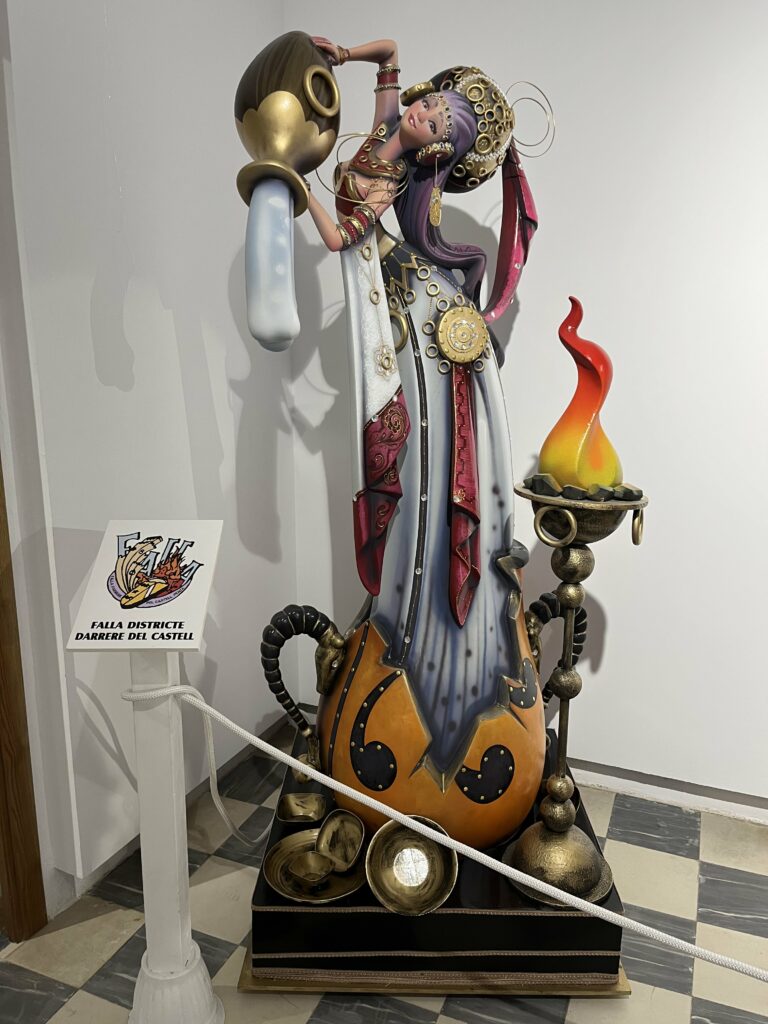
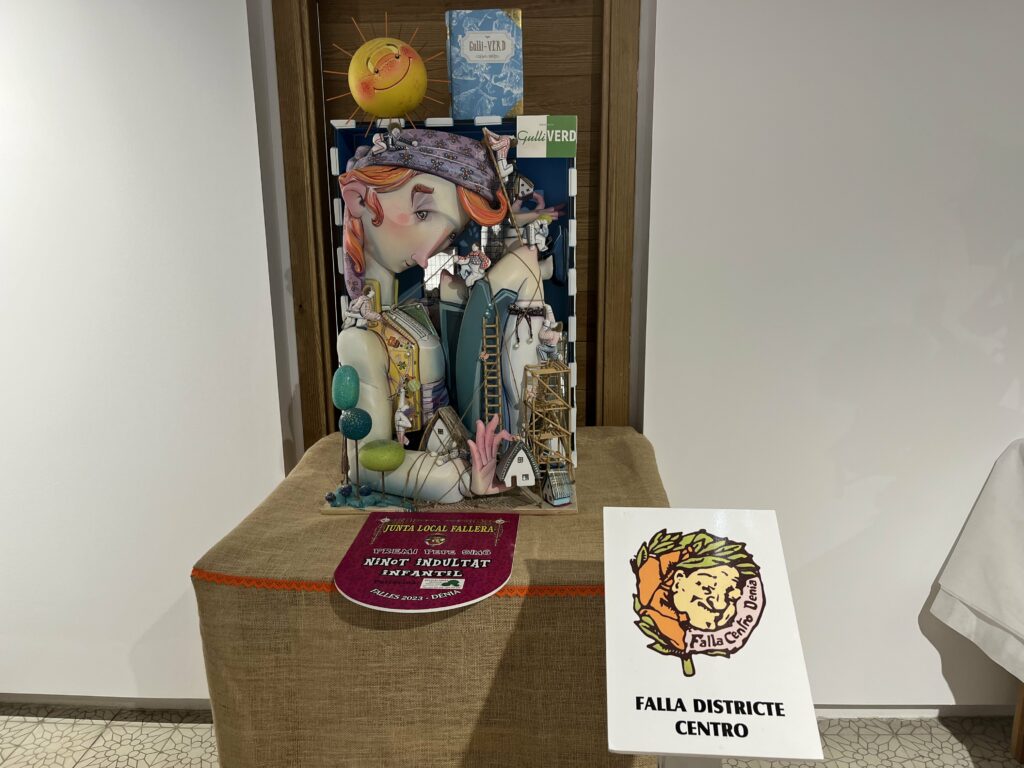
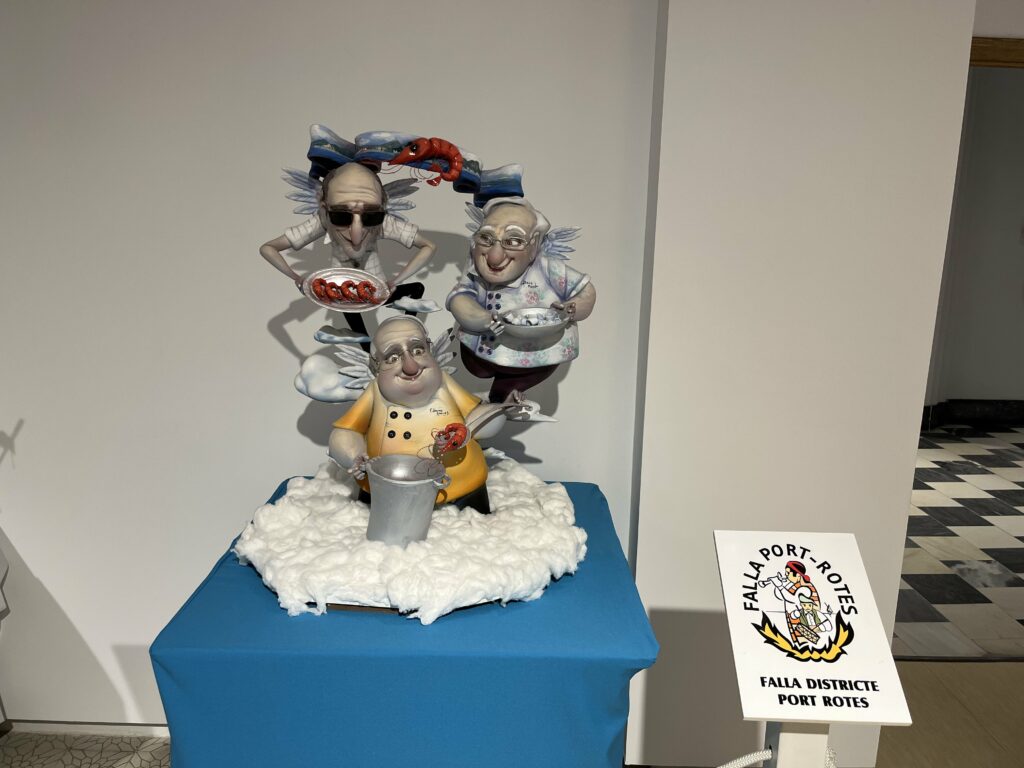
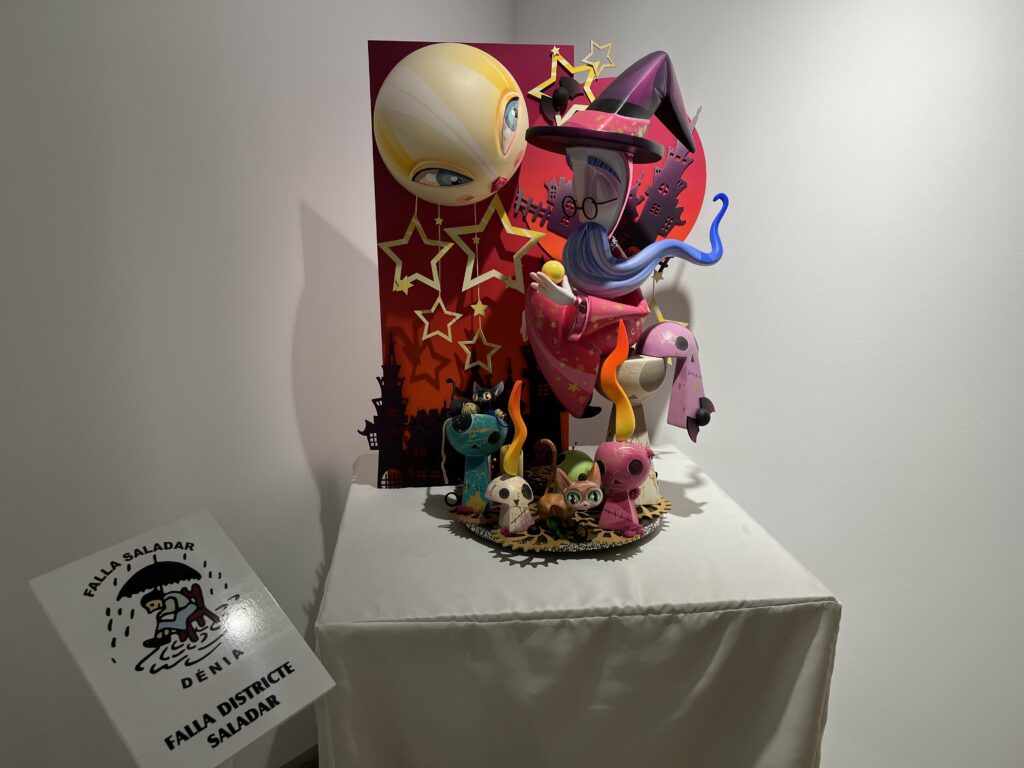
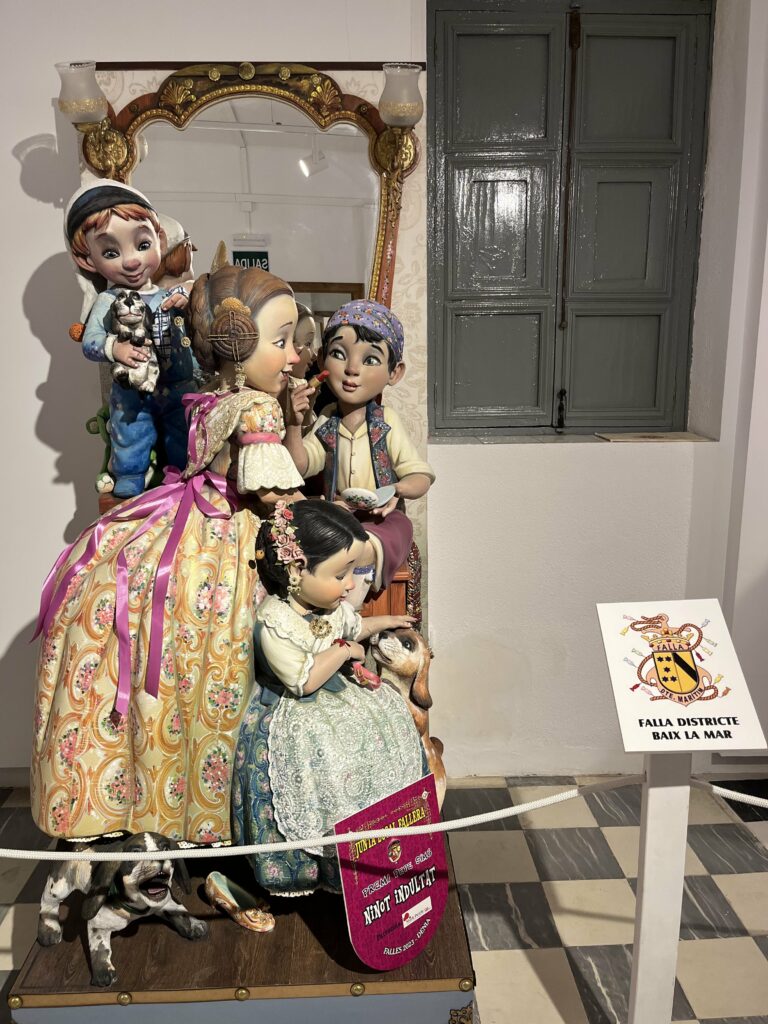
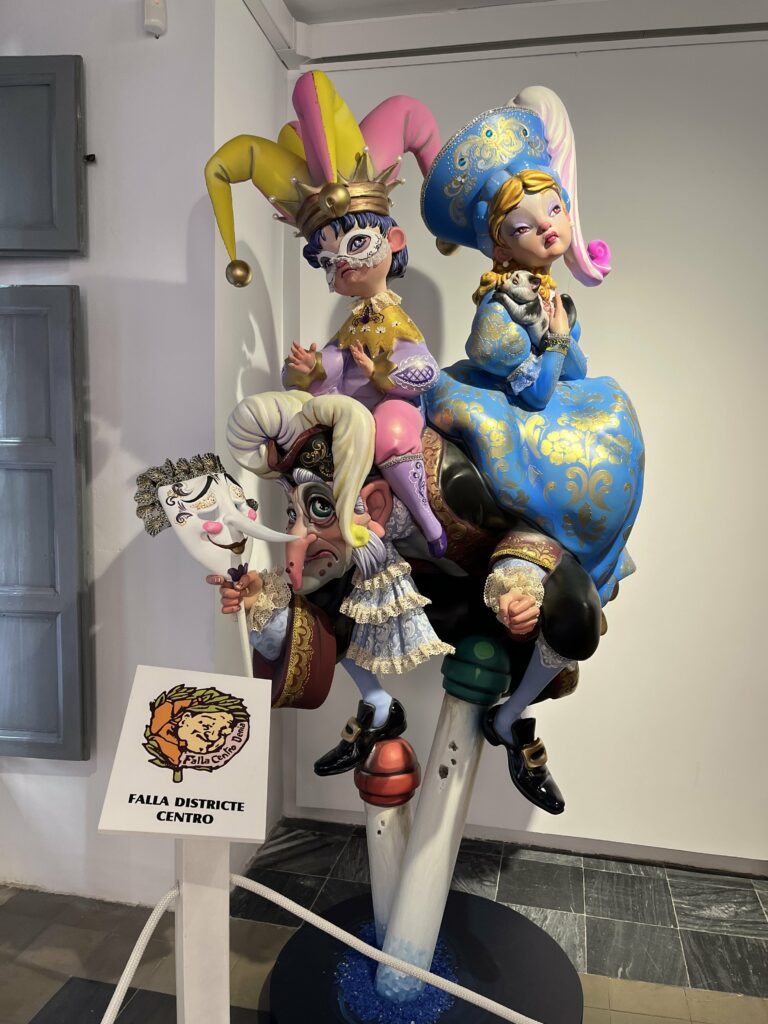
The monuments of the fallas are made with several “muñecos” (pieces). These monuments are then burned. However, one of the “muñecos” remains intact and is not burnt because it is considered the most beautiful.
The highlight of the festivities is the night of 19 March, when these monuments are burned. The city is lit up with fireworks and the crowd applauds and sings as the sculptures are completely burned. It is a very moving and spectacular moment not to be missed.
In addition, there are also celebrations throughout the year, such as a carriage parade in July in Marqués de Campo street in Denia street and neighbouring streets.
Typical food during the Fallas in Denia
During the Fallas, the inhabitants of Denia and the Comunidad Valenciana are used to eating typical Spanish dishes. The traditional dish is paella, which can be eaten in a restaurant or at home, with friends or family. There is also a dessert or snack, the famous buñuelo de calabaza (pumpkin cake), which is the emblematic sweet of the Fallas and is usually dipped in a very thick and sweet milk chocolate. The traditional Spanish hot chocolate.
The story goes that in the past, women made these sweets in street stalls where they sold them to passers-by. Today, this tradition continues, especially during the Fallas festivities.
Who are the participants ?
The participants are called “falleros”, the members of the different fallas. At the moment there are 11 fallas in Denia. Of these 11 fallas, 4 are in the higher categories, “París Pedrera”, “Centro“, “Baix la mar” and “Plaza oeste“, as they have a bigger budget of more than 100,000€.
Children also take part in the fallas, as each of them has a group of children in addition to the group of adults.
As a rule, there are about 500 falleros per falla with a minimum of 70. These falleros have a president called ‘fallero mayor’, who is elected every year on the 19th of March.
If you are interested in joining a falla, registration is usually done in April, and there is a fee for this.
Conclusion on the Fallas festival in Denia
In conclusion, the Fallas festival in the city of Denia is a unique and exciting event that attracts thousands of visitors every year. The combination of art, tradition and entertainment makes these festivities an unforgettable experience for all those who have the opportunity to attend. If you have the opportunity to visit Denia during these festivities, do not hesitate, you will not regret it.

